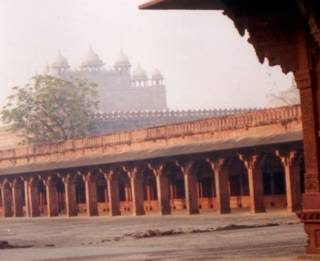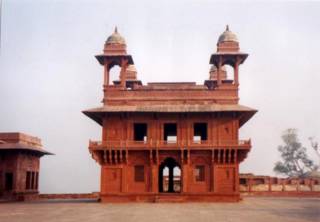Naming it as a place is a bit misleading: it’s a palace, a walled, royal complex. It was built in the 1560-70s I think.
And it was abandoned only 14 years later.

When I went, it was early morning, just after sunrise; it was going to be a hot day. The light on the stone buildings was beautiful.


But despite this beauty, each part of the palace I explored felt like an echoing chamber. It was haunting. The buildings, squares, temples and walls all remained – they were physical traces of the past that I could touch. And yet, at the same time as it was present, the past felt completely absent. It was gone, and quite impossible to return to.
This is also what I feel when I visit places of my childhood. Like schools I went to, and places I once lived in; people I knew, and the person I was. Those incompatible states of presence and absence jostle one another.

Each corner promises something, and never reveals it.
No comments:
Post a Comment